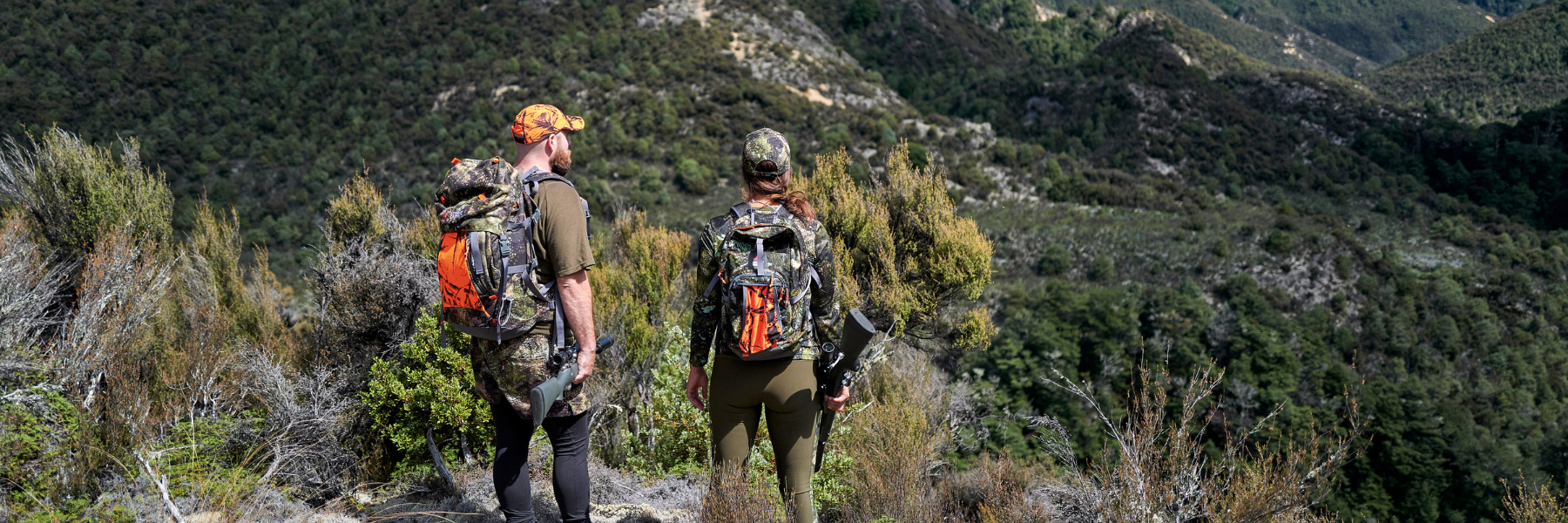Benchrest Competition Shooting Overview
Extreme accuracy is the name of the game in benchrest competitions - precision meets performance.
Competitors aim to put a number of rounds, typically five shots, into the smallest possible group on paper targets placed at 100 and 200 yards
Rifles are fired from rests on benches, comprising a front rest to support the fore-end and a rear sandbag to support the rifle’s butt.
Precision rifles are only part of the kit, with high-end optics playing an important role and many competitors spending hours experimenting with different cartridge loads and projectiles to come up with a combination that provides the very best results with their firearm.
NZDA has four classes within benchrest competitions:
| Centerfire Benchrest Classes |
|
|
| Heavy Benchrest* | 100 yards and 200 yards |
Heavy Benchrest is a centrefire class in which the maximum total weight of the rifle including a telescope must not exceed 6.123kg (13lb 8oz). The stock width must not exceed 76.2mm (3") at any point and the length of the barrel must not be less than 457.2mm (18"). There are no restrictions on scope power. A safe trigger mechanism must be used and the rifle must be shot from restricted rests, such as sandbags at the front and rear. |
|
Light Benchrest* |
100 yards and 200 yards |
Light Benchrest is a centrefire class in which the maximum total weight of the rifle must not exceed 4.763kg (10lb 8oz). The rifle must otherwise meet the specifications of the Heavy Benchrest class. |
|
Factory Class |
100 yards and 200 yards |
Any mass produced repeating Rifles only, (must have a magazine). No custom or semi custom gun’s or custom shop. Factory barrel stamp must be visible. The only modifications allowed are improvements in bedding and adjusting of the original Factory Trigger. |
|
Rimfire Benchrest Class |
|
|
|
Rimfire Benchrest |
50 yards |
Rimfire Benchrest is any rifle chambered in 22LR with a maximum weight of 14lbs (6.35kg) without restriction on trigger weight or scope power. A safe trigger mechanism must be used and the rifle must be shot from restricted rests. The stock shall not exceed 3 inches in width at the for-end and be of conventional design. |
* Light and heavy benchrest scores are used to determine a 'two gun' winner
Course of Fire
Benchrest rifle shooting is all about placing five or 10 shots into the smallest possible group size at various ranges.
| Class | Distances (Yards) | Targets Per Range | Group Size |
| Light Varmint | 100 & 200 | 5 | 5 |
| Heavy Varmint | 100 & 200 | 5 | 5 |
| Factory Class | 100 & 200 | 5 | 5 |
| Rimfire | 50 | 3 | 5 |
Time Per Groups/Classes
7 Minute time limit or 10 minutes if it's the first group of a class or a change in distance.
Scoring
Groups are measured from the centre to the centre of the two widest shots in a group.
All Benchrest targets have a scoring section and a sighting section. On group shooting targets, the two areas are divided by a line through the centre of the target. There is no restriction on the number of ‘sighter’ shots that may be fired, but the group must be completed inside the allotted 7 minutes.
In each class competitors try to shoot the required number of shots into the smallest possible group spread on each target and shoot five groups on individual targets which are added together to form an overall aggregate, which decides the finishing order of the competitors. The Light Varmint and Heavy Varmint aggregates are used to determine the two gun winner.
Groups are measured with devices that can identify the exact centre of the two widest shots. The ultimate would be to put five shots into one single bullet hole. However, in 70 years of Benchrest shooting, this has never been done, although many have come very close. The target backer systems in use at registered matches ensure that the correct number of shots have passed through the scoring target.
Rimfire Benchrest Class
Shot for a score out of a possible 750 points at 50 yards. There are twenty five scoring targets on each card and three of these targets are shot. A few shooters have achieved a ‘possible’ of 250 points, but each target has a tiny dot within the 10-ring, which is referred to as a ‘10x’. This is used to decide the winner and so far, no-one has shot 250 .25x. The times allowed for each target is 30 minutes.
How to Participate and Upcoming Events
Content coming soon.
History of Benchrest Shooting in NZ
This sport originated in the United States around 1947 and came to New Zealand in the 1990s, with the first benchline thought to be at the Packers Creek Range in Nelson. The sport has grown significantly over the years, with National, Island and regional competitions held every year for the various Benchrest classes. NZDA Team shooters have competed in the Oceania, Pacific Regional and World Championships.
Nationally and Internationally
NZDA is the national body representing benchrest shooting in New Zealand. We host international events and send a team to represent New Zealand overseas.
Link to WBSF Welcome to WBSF | World Benchrest Shooting Federation (world-benchrest.com)
International Team Selection Process
NZDA selects team members for International competitions based on their performance over a two year period prior to the year of the international competition.
The NZDA members compete at pre-selected centrefire benchrest competitions, eight competitions over two years, where their best two gun results from four of those competitions are used to select team placings.
For Rimfire Benchrest team selection the two Rimfire Nationals results are the two qualifying competitions used.

